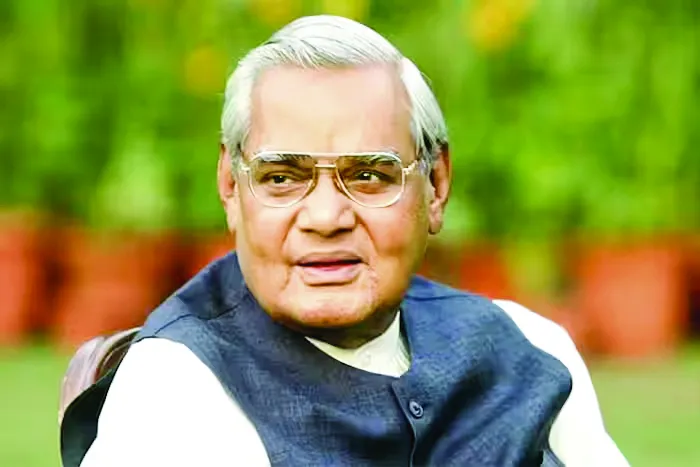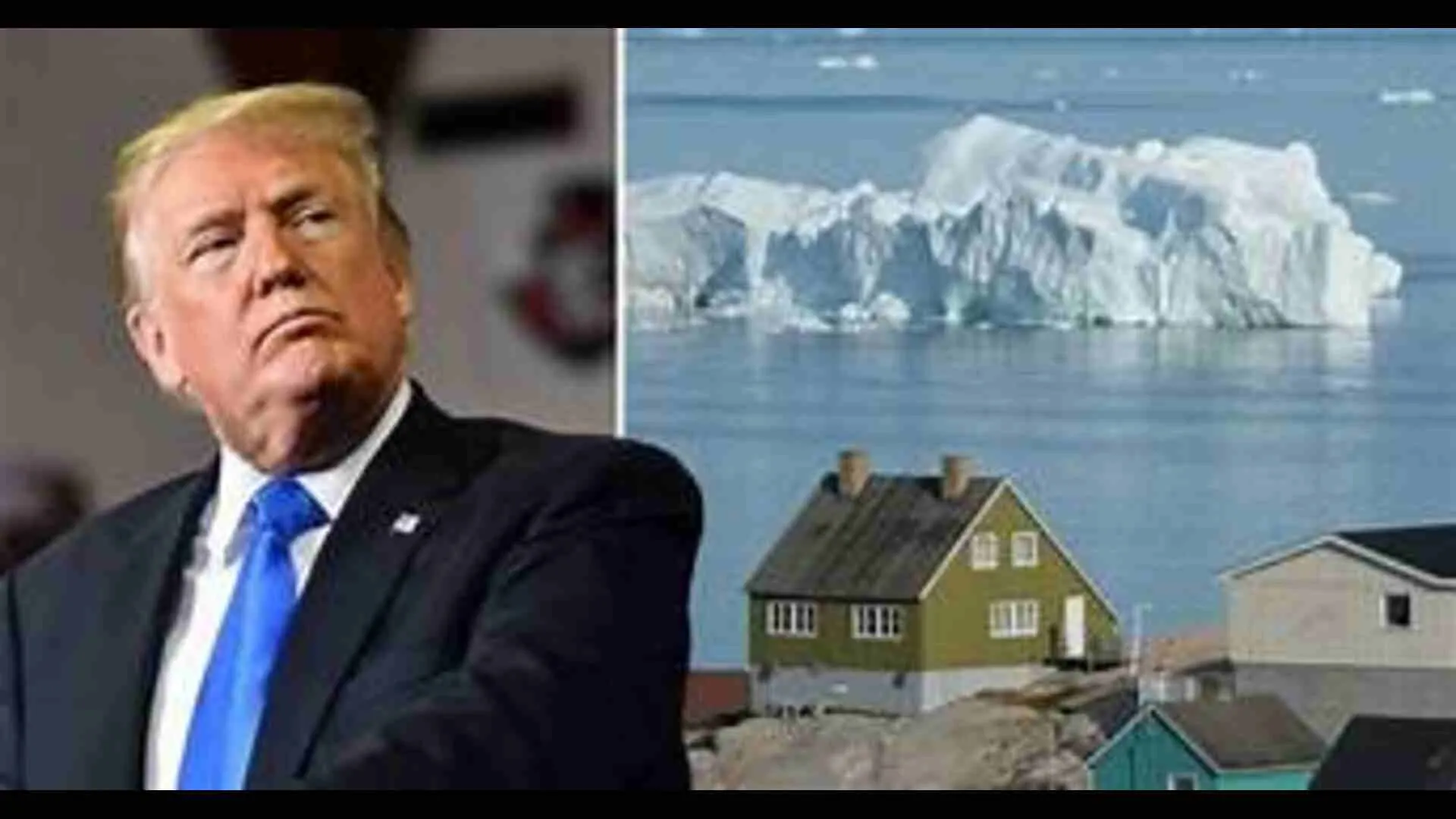After the virtual demise of the North Atlantic Treaty Organization (NATO) and the South East Asia Treaty Organization (“SEATO”) with a focus on Russia, the United States has formulated two new organizations QUAD and AUKUS with the primary focus on China. For the first time, India has become a part of a coalition focused on Security issues. The concerns of Australia, India, Japan, the United Kingdom, and the United States about China are valid especially in view of China’s growing economic and military power and her aggressive actions of increasing influence in the Indo-Pacific oceans area. Besides these concerns, the United States is driven by its cowboy and gun mentality. The Second Amendment of the U.S. Constitution provides a fundamental right to bear arms without any limitation on the type and number of firearms. The U.S. has been involved with all the major wars of the twenty and twenty-first centuries; for example, World Wars I and II, Korean War, Vietnam War, Iraq War, and Afghanistan War. Even though no country had attacked the mainland United States, the U.S. government got involved in these wars. The military-industrial compact is very strong and consumes a large amount of the US budget. However, it should be pointed out that the United States had made great contributions towards technology, democracy, economy, peace, and stability in the world. The U.S. has been providing a safe haven for investments to all. Without US dominance, there would have been more chaos in the world.
NATO and SEATO were formed after World War II as a measure to contain Russia which, taking advantage of the laid-back attitude of the Western countries after World War II, extended her influence over several countries in Eastern Europe and Central Asia. Therefore, the main focus of these two treaties was to have American military bases to thwart any further aggressive movements by Russia. Although the current alliances QUAD and AUKUS are also involved in defense-related activities, the real focus is on the economy rather than direct confrontation with China. China’s major activity in the Indo-Pacific regions is to extend her territorial hold in the Indo-Pacific regions to the maximum extent possible so that she can exploit the natural resources of the region for her benefit. Of course, China is also interested in political and military aspects of the extension of her control over international waters and some unpopulated or sparsely populated islands in the region. China’s dominance in the world, especially in the Indo-Pacific region, has special significance for India as India is the only QUAD country sharing a border with China. This border has been turbulent since China became a communist country in 1949.
Taking the advantage of the gullibility of Prime Minister Jawahar Lal Nehru, in 1951
China attacked and occupied Tibet and Nehru watched it without any murmur. Then in 1962, China attacked India and occupied a big chunk of the Northeastern part. Later she occupied a part of Ladakh in the Northwest. Recently, she occupied an additional 4,000 square miles of Indian territory. Therefore, India has to deal with this ongoing threat from China. Other QUAD members do not have this threat as besides attempting to capture a few small islands, China is not going to attack or encroach in the territories of Japan, Australia, and the United States.
After World War II, the United States foreign policy was primarily defined by the famous saying by John Foster Dulles, the U.S. Secretary of State that “either you are with us or you are not”. There was no room for any country to be neutral. Pakistan joined SEATO and provided bases to the USA. India refused to do either. Both the CIA and the U.S. military got very close to their counterparts in Pakistan. This closeness lasted for many years.
The defense and military-related activities between India and the United States started in 1962 right after the Chinese attack on India, when, with India’s permission, the United States installed a facility at the Himalayas to monitor Chinese activities at the Indo-China border. Then starting from the 1980s, there have been frequent joint military activities between India and the United States. However, QUAD is the first formal organization in which India got involved with direct cooperation with the United States.
Until 1978, the relationship between India and the United States had been “rocky”. The United States openly and aggressively favored Pakistan and supported Pakistan’s claim over Kashmir. India was generally opposing America›s stands on several issues before the United Nations. When in 1977, Indians voted out Mrs. Gandhi and her party, India’s standing as a democratic country became well established. In 1977, when Nana Deshmukh, a senior leader of the Janata Party which was ruling India, came to Washington, D.C., he was staying at our home. Jimmy Carter was the President at that time. I got a call from the White House that the National Security Advisor wanted to see Deshmukh. I responded that Deshmukh’s schedule was filled, however, if the President can meet him, I may try to persuade Deshmukh to find some time. After a few minutes, the White House called again and gave the time when President Carter could squeeze in some time for the meeting with Deshmukh. I advised Lalit Man Singh, then India’s Ambassador, about this meeting and he asked me whether he could accompany Deshmukh. I told him, “That is the reason I called him, he should accompany Deshmukh.” He asked me whether I would also accompany him, I said, “No, I would not as I do not represent India and he does.” The meeting went very well. Then the relationship between the two countries started improving slowly. Despite the close association with Benazir Bhutto, President Bill Clinton visited India after visiting Pakistan. After seeing a closed society in Pakistan, he openly admired India’s free environment and press. During the Presidency of George Bush, Jr., the relationship started progressing very well and reached a new height when Donald Trump became the President.
The relationship between India and the United States continued to mature from “India is not with us” to the level of having a joint rally between the U.S. President Trump and India’s Prime Minister Modi in the U.S. (only one such rally in the U.S. history between the heads of the United States and India) which was topped with the second rally in India. These rallies are followed by the formation of QUAD by President Biden. While the relationship with India started improving, the relationship between the United States and Pakistan started deteriorating in the 1980s. In the 1950s and 1960s, Pakistanis were not required to have any visa to visit the United States. Until President Trump met with Pakistan’s Prime Minister Imran Khan, no Pakistani diplomat could go beyond 20 miles of its embassy in Washington, D.C. Acquiring visas for Pakistanis have become very difficult. As my Passport shows that I was born in Pakistan, I am frequently questioned at the immigration whenever I return from a foreign trip.
Before Biden got elected, there were apprehensions in India about him, Vice President Kamala Harris, and Secretary of State Blinken because of their pre-election statements expressing concerns about human rights in India, India’s abrogation of Article 370, and implementation of CAA. At that time, I wrote an article, Biden Wins, What’s There for India?” which appeared in the November 21, 2020 issue of the Times of India. In this article, based on my number of interactions with Biden, I pointed out his admiration and support for India. I also pointed out that due to China›s increasing military and economic powers, the Biden Administration, in the U.S.’s own interest, would get closer to India. Soon Biden formed QUAD.
Now, coming to the issue of QUAD and India, the USA is following the principle that each country places its own interest first. Without consulting India and Japan, the other members of Quad, the U.S. executed a business deal with Australia. Biden acted un-diplomatically by totally ignoring France knowing fully well about France’s ongoing deal with Australia. The United States could have involved France and given a piece of the deal to France.
India could play a key role on matters related to China and Afghanistan through QUAD and on her own. India should continue to engage directly with China and Afghanistan as these countries are situated close to it. India should also realize that in case of a war with China, neither QUAD nor other countries will intervene and provide direct help to India. The United States will be very hesitant to get involved with another war especially with a strong country like China. China, Afghanistan, and Russia should also realize that world peace would help them economically also. Nonetheless, India could become a catalyst in this matter as well.
Writer was an advisor to former Prime Minister Atal Bihari Vajpayee. Views expressed are writer’s personal.
The relationship between India and the United States continued to mature from “India is not with us” to the level of having a joint rally between the U.S. President Trump and India’s Prime Minister Modi in the U.S. (only one such rally in the U.S. history between the heads of the United States and India) which was topped with the second rally in India. These rallies are followed by the formation of QUAD by President Biden. While the relationship with India started improving, the relationship between the United States and Pakistan started deteriorating in the 1980s.













